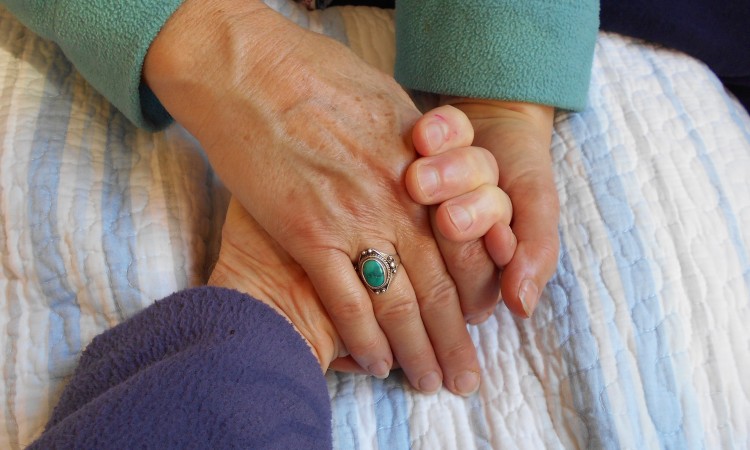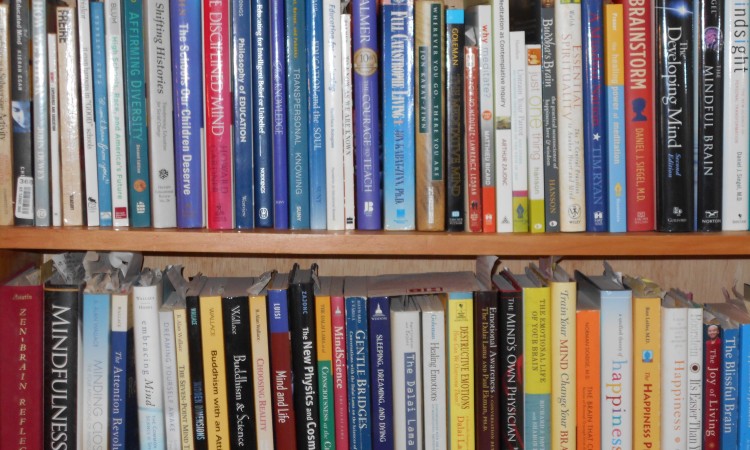The attacks in Brussels shake my mind. I read the details of the attacks, 35 dead in two locations, of explosions from suicide bombs, of nails embedded in the bombs, and imagine the feeling of nails striking me. What do these attackers feel? Are they too wrapped up in their doctrines to feel the pain of others? Does the pain of the people of Belgium and other nations somehow alleviate their own pain? And what do our leaders say and feel? Do they think that fueling anger, fear and hatred will stop the violence?
It doesn’t. The pain continues. The attacks continue. The “ventilation fallacy” in psychology says “venting” anger does not alleviate it. You might imagine if you just expressed and let loose your anger, the pain of it will be lessened, but it only increases. More dimensions of pain are added to the original emotion. The consequences of the angry outburst, the people you hurt, the guilt is added to the original feeling. There is a gigantic world of possibility between unrestrained expression and suppression. When the emotion expressed is hate, the consequences of expression are in a different league altogether than anger and they spiral out in wider and more chaotic circles.
When I hear news of such awful violence, I easily feel the social network and the goodness and beauty of the world are falling apart. Maybe you feel the same. It is too easy to hide away in fear or to let the news of all the attacks numb you to what is happening. But the horror of each attack is not diminished with a new one. When children are faced with the news of such attacks, what do you, as a parent, teacher, or friend do? I wrote a blog about this in November, following the attacks in Paris, Beirut and Mali. About the need for learning how to be strong in mind and body so as to not meet hate with hate and ignorance, but with understanding, compassion, a critical intellect and a readiness for appropriate action. I would add to what I said earlier the need for a critical inquiry into the force of communion and relationship that makes a community and society possible. When students say there is so much hate, ask them about what they enjoy most in their life. If they love music, ask them about all the people who made the music they hear on their ipod possible. If they love food, ask about all the people who had to work together to make their lunch. Ask them about what makes a class or a friendship work. Ask them what they find beautiful.
But even more, educate students about mindful action. They can write to children in Brussel’s schools, as well as in other schools in their area. They can do community service, learn about the effects of inequity and abuse, study the frustration, anxiety and anger in their own communities and learn steps to be taken to improve the social-political network. When faced with fear and hate, they can learn how to recognize the love and cooperation that makes their lives possible. They need to feel the connection they have not only to the victims but to all humans. Instead of giving in to the forces of distortion and destruction, they need to understand that without relationship, no society or community is possible.










